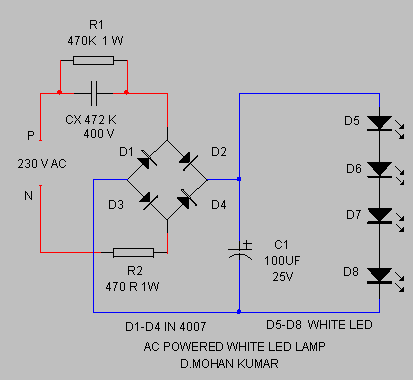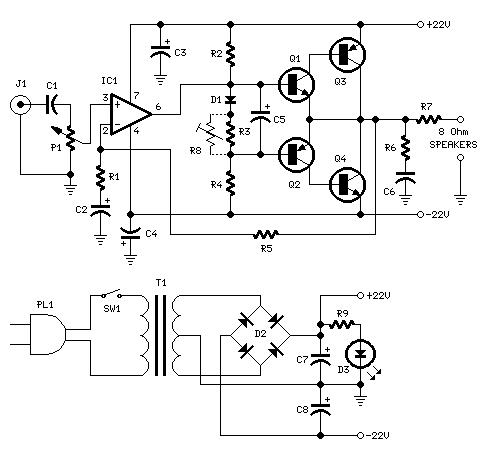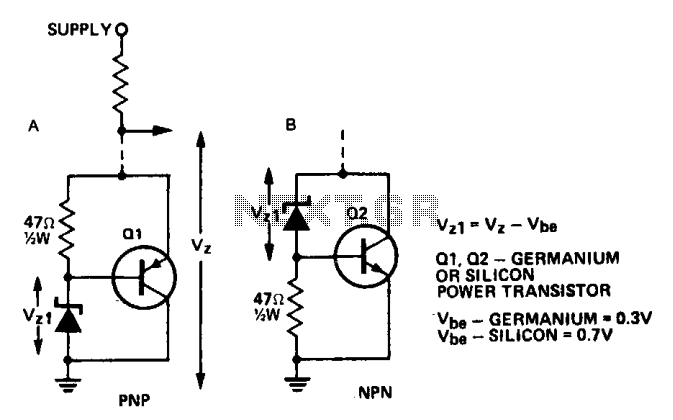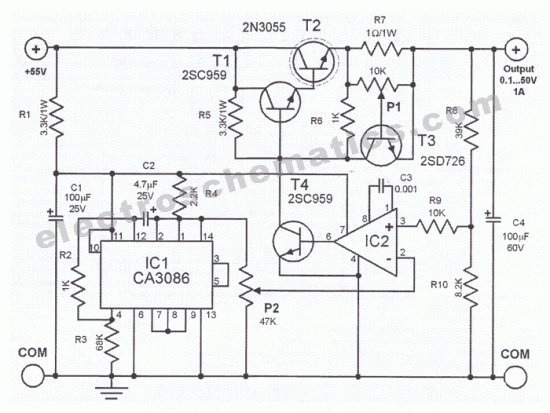
KAPAGEN (earth power multiplier)
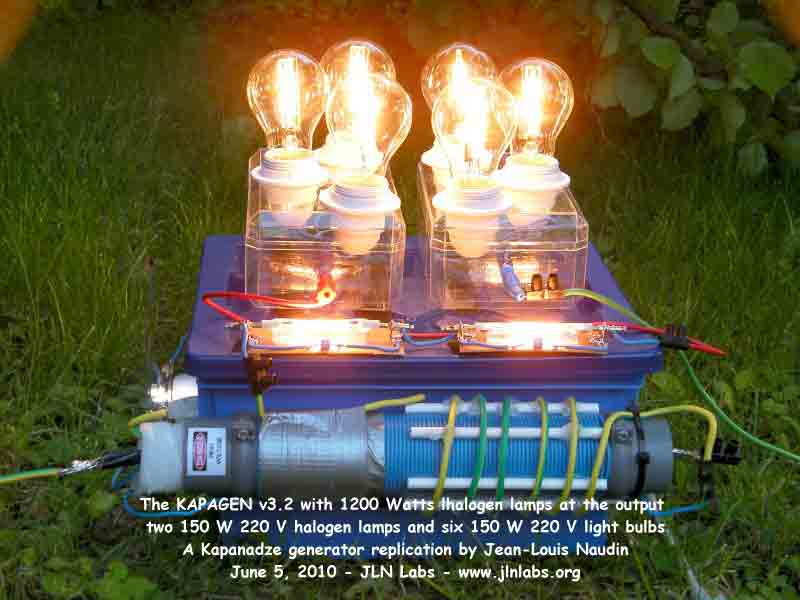
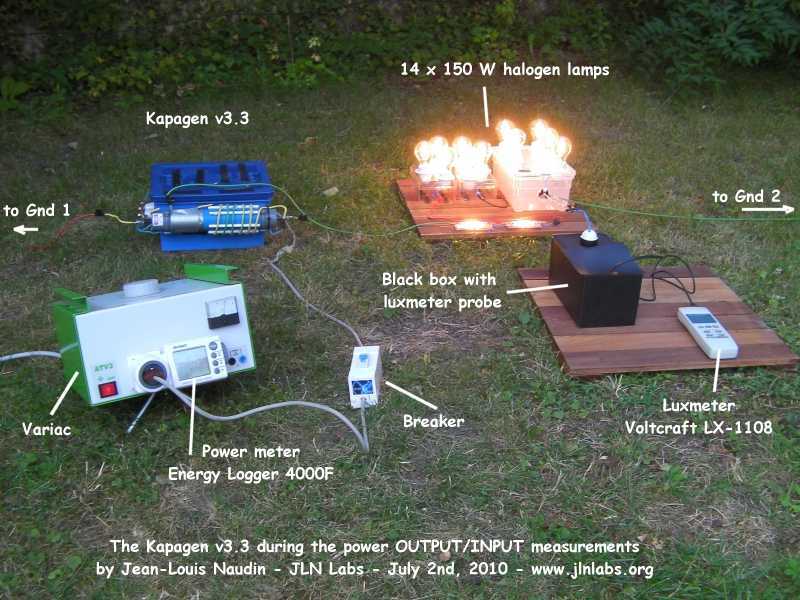
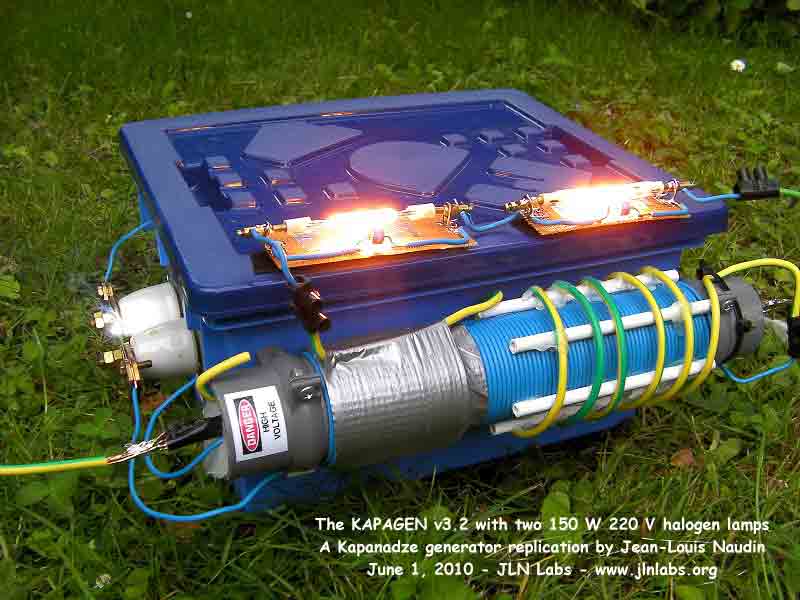
The purpose of the Kapagen is to suck the free electrons from the Earth. The Earth is a big capacitor which contains free electric charges. If it is possible to create or to find a potential imbalance between two points in the ground, it seems possible to suck additional electrons from the ground and thus to create an increase of the current flow through a wire connected between these two points. More: The working principle of the Tariel Kapanadze generator is to suck the free electrons from the Earth. The Earth is a big capacitor which contains free electric charges. If it is possible to create or to find a potential imbalance between two points in the ground, it seems possible to suck additional electrons from the ground and thus to create an increase of the current flow through a wire connected between these two points. Early in his researches in Colorado Springs, Nikola Tesla wanted to collect free energy from the Earth capacitor between the ground and the ionosphere by the use of a parametric resonance with the TMT project (read the Colorado Springs notes from 1899). Later, Tesla has also found that it is possible to do the same process with only the use of the ground by using the natural imbalance of the ground potential produced by the telluric currents flow underground and Tesla has found that this can be done by the use of an asymmetric displacement of current.
Minimal work is done in the system due to absence of translational movement in the displacement current. As small heat losses occur, oscillations are maintained by the surplus charge stored in the coil. Very low energy expenditure allows power delivery to a load over an extended time period without an external fuel supply. After an initial input of energy from an outside source, Tesla's new electrical generator would operate as a fuelless device.
To help find the imbalance of the ground potential on the surface of the Earth induced by underground telluric currents, a surface tellurmeter (a low impedance electrometer) has been built and used.
The Kapagen and its working principle are based on the concept of extracting free electrons from the Earth, which acts as a large capacitor storing electric charges. The mechanism involves establishing a potential difference between two points in the ground, which could potentially allow for the extraction of additional electrons, thus enhancing the current flow through a connecting conductor. This principle echoes the work of Nikola Tesla, who explored similar concepts during his research in Colorado Springs, aiming to harness energy from the Earth capacitor and the ionosphere through parametric resonance.
The system's efficiency is attributed to the minimal work required to maintain oscillations, as there is no translational movement in the displacement current. The design incorporates a coil that stores surplus charge, allowing for reduced energy expenditure and enabling continuous power delivery to a load over prolonged periods without the need for an external fuel source. This characteristic aligns with Tesla's vision of a fuelless generator, which, after an initial energy input, can sustain itself through the energy harvested from the environment.
The implementation of a surface tellurmeter serves as a practical tool for detecting the natural potential imbalances caused by underground telluric currents. This low impedance electrometer is crucial for measuring ground potential variations, facilitating the identification of optimal points for electron extraction. The schematic for this device would typically include components such as high-impedance input, signal conditioning circuitry, and output interfaces for data logging or further analysis, ensuring accurate measurements of the telluric currents and ground potential variations.The purpose of the Kapagen is to suck the free electrons from the Earth. The Earth is a big capacitor which contains free electric charges. If it is possible to create or to find a potential imbalance between two points in the ground, it seems possible to suck additional electrons from the ground and thus to create an increase of the current flow through a wire connected between these two points. The working principle of the Tariel Kapanadze generator is to suck the free electrons from the Earth. The Earth is a big capacitor which contains free electric charges. If it is possible to create or to find a potential imbalance between two points in the ground, it seems possible to suck additional electrons from the ground and thus to create an increase of the current flow through a wire connected between these two points.
Early in his researches in Colorado Springs, Nikola Tesla wanted to collect free energy from the Earth capacitor between the ground and the ionosphere by the use of a parametric resonance with the TMT project (read the Colorado Springs notes from 1899). Later, Tesla has also found that it is possible to do the same process with only the use of the ground by using the natural imbalance of the ground potential produced by the telluric currents flow underground and Tesla has found that this can be done by the use of an asymmetric displacement of current...
"Minimal work is done in the system due to absence of translational movement in the displacement current. As small heat losses occurs, oscillations are maintained by the surplus charge stored in the coil. Very low energy expenditure allows power delivery to a load over an extended time period without an external fuel supply.
After an initial input of energy from an outside source, Tesla's new electrical generator would operate as a fuelless device." from "The Second Law Thermodynamics and Tesla's Fuelless Generator" by Oliver Nichelson Today, I am not able to say if my Kapagen v3.2 is fully in line with this principle above, because this is only the beginning of my research project, this is my main purpose and I explore this path as long as I continue to found something interesting, stay tuned... To help me to find the imbalance of the ground potential on the surface of the Earth induced by underground telluric currents, I have built and I use a kind of surface tellurmeter (a low impedance electrometer), see a photo and the diagram of my device...
🔗 External reference
Minimal work is done in the system due to absence of translational movement in the displacement current. As small heat losses occur, oscillations are maintained by the surplus charge stored in the coil. Very low energy expenditure allows power delivery to a load over an extended time period without an external fuel supply. After an initial input of energy from an outside source, Tesla's new electrical generator would operate as a fuelless device.
To help find the imbalance of the ground potential on the surface of the Earth induced by underground telluric currents, a surface tellurmeter (a low impedance electrometer) has been built and used.
The Kapagen and its working principle are based on the concept of extracting free electrons from the Earth, which acts as a large capacitor storing electric charges. The mechanism involves establishing a potential difference between two points in the ground, which could potentially allow for the extraction of additional electrons, thus enhancing the current flow through a connecting conductor. This principle echoes the work of Nikola Tesla, who explored similar concepts during his research in Colorado Springs, aiming to harness energy from the Earth capacitor and the ionosphere through parametric resonance.
The system's efficiency is attributed to the minimal work required to maintain oscillations, as there is no translational movement in the displacement current. The design incorporates a coil that stores surplus charge, allowing for reduced energy expenditure and enabling continuous power delivery to a load over prolonged periods without the need for an external fuel source. This characteristic aligns with Tesla's vision of a fuelless generator, which, after an initial energy input, can sustain itself through the energy harvested from the environment.
The implementation of a surface tellurmeter serves as a practical tool for detecting the natural potential imbalances caused by underground telluric currents. This low impedance electrometer is crucial for measuring ground potential variations, facilitating the identification of optimal points for electron extraction. The schematic for this device would typically include components such as high-impedance input, signal conditioning circuitry, and output interfaces for data logging or further analysis, ensuring accurate measurements of the telluric currents and ground potential variations.The purpose of the Kapagen is to suck the free electrons from the Earth. The Earth is a big capacitor which contains free electric charges. If it is possible to create or to find a potential imbalance between two points in the ground, it seems possible to suck additional electrons from the ground and thus to create an increase of the current flow through a wire connected between these two points. The working principle of the Tariel Kapanadze generator is to suck the free electrons from the Earth. The Earth is a big capacitor which contains free electric charges. If it is possible to create or to find a potential imbalance between two points in the ground, it seems possible to suck additional electrons from the ground and thus to create an increase of the current flow through a wire connected between these two points.
Early in his researches in Colorado Springs, Nikola Tesla wanted to collect free energy from the Earth capacitor between the ground and the ionosphere by the use of a parametric resonance with the TMT project (read the Colorado Springs notes from 1899). Later, Tesla has also found that it is possible to do the same process with only the use of the ground by using the natural imbalance of the ground potential produced by the telluric currents flow underground and Tesla has found that this can be done by the use of an asymmetric displacement of current...
"Minimal work is done in the system due to absence of translational movement in the displacement current. As small heat losses occurs, oscillations are maintained by the surplus charge stored in the coil. Very low energy expenditure allows power delivery to a load over an extended time period without an external fuel supply.
After an initial input of energy from an outside source, Tesla's new electrical generator would operate as a fuelless device." from "The Second Law Thermodynamics and Tesla's Fuelless Generator" by Oliver Nichelson Today, I am not able to say if my Kapagen v3.2 is fully in line with this principle above, because this is only the beginning of my research project, this is my main purpose and I explore this path as long as I continue to found something interesting, stay tuned... To help me to find the imbalance of the ground potential on the surface of the Earth induced by underground telluric currents, I have built and I use a kind of surface tellurmeter (a low impedance electrometer), see a photo and the diagram of my device...
🔗 External reference

